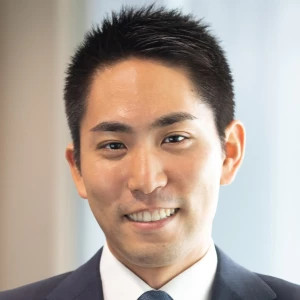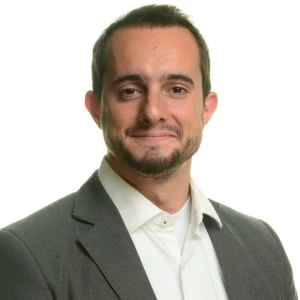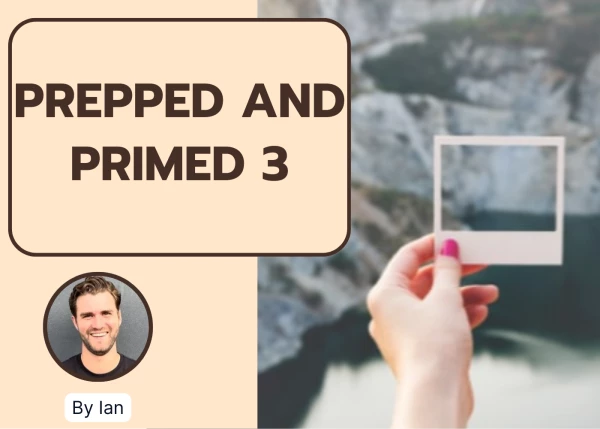Mckinsey interviews are interviewer-led so after the prompt is given and clarifying questions were asked should I proceed to lay down a general structure to approach the case? Or I need to wait for the interviewer to ask me some questions that will certainly need a mece structure as well?
Mckinsey: lay down a structure after the clarifying quests or wait for interviewer's question ?


Hi there,
No matter the case/company, your instinct should be to drive the case! If they don't want to drive you, this obviously protects you. If they do want to drive you, then there's no harm done :)
Regardless of the case type you absolutely do need to lay down a structure / approach (this goes for candidate-led AND interview-led). Additionally, even for McKinsey, you should aim to have a good view in your head as to where the case is going, how you would structure it, etc. throughout the case.

Hi Anonymous,
In most McKinsey-style cases the first question is a kind of question asking to lay down a structure.
If you just know the case prompt and asked clarifying questions without knowing precisely the interviewer's quesiton(s), you will head into a wrong direction (unless the case prompt already included explicitly the question).
Whenever in doubt: Just ask and clarify with the interviewer like in a normal real-life client situation on how he would like to proceed. The interview is not a one-way street!
Hope that helps - if so, please be so kind to give it a thumbs-up with the green upvote button below!
Robert

Hi there,
In general, after you ask the clarifying questions, you ask for some time to put down a structure and this comes before you get any other question from the interviewer. So yes, you need to be able to propose a MECE approach to the case right after the clarifying question.
I hope this help!
Mehdi

I would suggest waiting, unless it's blatantly obvious that the interviewer wants you to proceed, as sometimes the 'structuring question' can be nuanced from the broader question that the case is trying to solve (especially with experienced/senior decision round interviewers with a less structured/traditional case) and there is no harm in buying time (vs. rushing into the case).
I know exactly the feeling where it can be a little awkward to wait when the first question is obvious. However, the case document explicitly tells the interviewer to pause to "allow the candiate to ask any questions or need information repeated or clarified".

Hello!
Clarifying questions first, always!
Some cases really cannot be solved unless you make the right questions at the beggining, so think about this part as a key one to start with the rigth foot.
Once you are done with that part, you can lay the structure and comment with the interviewer.
A posteriori, he/she will ask you the follow up questions and lead u to the math part.
Hope it helps!
Cheers,
Clara

Hi A,
It may depend on the interviewer and a case as well. Sometimes it's better to wait for the interviewer's question so you could set a structure.
But anyway you should always be prepared to lay down a general structure on your own.
Best,
André












